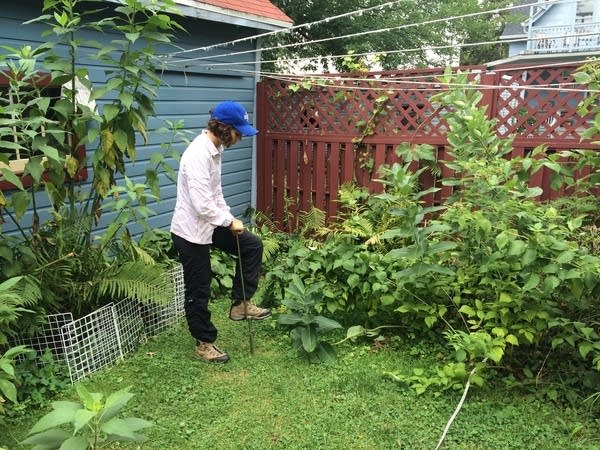Your yard is a powerful force against climate change

Carly Ziter collects a soil sample in Madison, Wis.
University of Wisconsin-Madison
Go Deeper.
Create an account or log in to save stories.
Like this?
Thanks for liking this story! We have added it to a list of your favorite stories.


